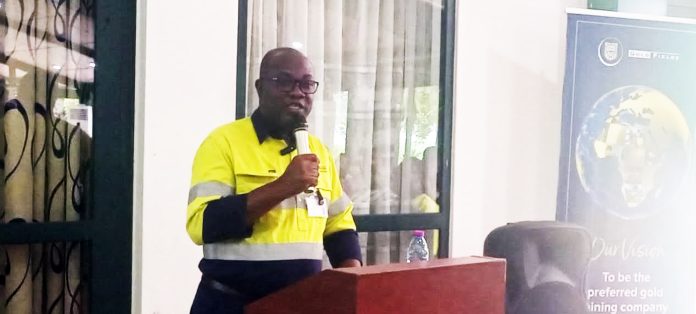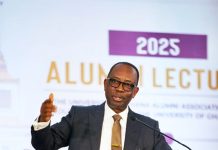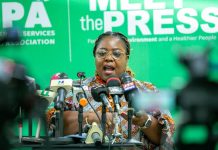Abosso Goldfields Limited (AGL) has reclaimed 523 hectares (ha) out of 1,455ha disturbed area, representing 18% of the mine’s concession of 8,111ha.
As the first mine to ever sign the Reclamation Security Agreement (RSA) with the Government of Ghana (GoG) and post a reclamation bond in November 2000, AGL has strived to show commitment to concurrent reclamation and to the requirement of the RSA.
The RSA, is to ensure that the company reclaim all disturbed areas at the end of the mine life and as part of measures to ensure that adequate funds are readily available at closure for reclamation, AGL continue to update the reclamation bond posted with the GoG through the EPA.
Currently, the reclamation lability of the mine as of 31st December 2023 is estimated at US$24.99 million.
AGL has, however, posted a security bond of US$25 million, comprising US$12.3 million cash and US$12.7 million bank guarantee, with First National (FN) Bank.
What this means is that, in the unlikely event that the mine fails to rehabilitate the disturbed lands, the state could fall on the US$25m bond to carry out the rehabilitation of the land.
That apart, the mine has also set aside US$200,000 cash every month, with the intention to improve the cash component of the bond and reduce the bank guarantee amount every year.
At the 2024 Open House and Rehabilitation Plan for the Mine at Damang, Sampson Arthur, Operations Manager at AGL, explained that the Mine’s rehabilitation activities continue to cover the tailings storage facilities, waste rock dumps and all other disturbed areas.
Rubber plantation expansion he mentioned continues to cover these areas, as well as other sites disturbed by illegal miners.
“This year, we will pour our first produce from the more than 50 hectares of rubber farm. We will continue to expand and develop new areas for the rubber plantation within the disturbed areas. I am very confident of the prospects and positive impacts of these activities in our local communities, and use this opportunity to call for your continuous support and cooperation with Gold Fields on this,” he said.
John Kwasi Adingelah, Environment Unit Manager of AGL also gave an over view of the rehabilitation on mining lease, the disturbed areas and the active rehabilitation areas, the processes involved such as the earthwork preparation, revegetation as well as maintenance activities.
He mentioned woodlot, deliberately fell for firewood, illegal mining activities and cattle grazing on rehabilitated areas, as some of the challenges faced at the rehabilitation areas.
“This uncontrolled practice disturbs ground cover and establishment and flourishing trees. This, has a likelihood of hampering the health of established woodlot”, he said.
Briefing the media on the tour of the waste dump and tailings sites, Senior Environment Officer, Rehabilitation, Desmond Asare, mentioned that the unit had planted 50 hectares of oil palm, 10 hectares of coconut, avocado and mango 22 hectares, cashew eight hectares and two hectares of vegetables, including cabbage, lettuce, garden eggs and hot pepper.
He added, “We work with the community members and the idea is technology transfer, land support for food and cash crops; the vegetable field is for short- term. Indeed, grass cutters are coming back and that’s one success of restoring the ecological balance.
“We are not just taking the minerals resources but we are also demonstrating that we can restore life to soil with strategic planning.”









